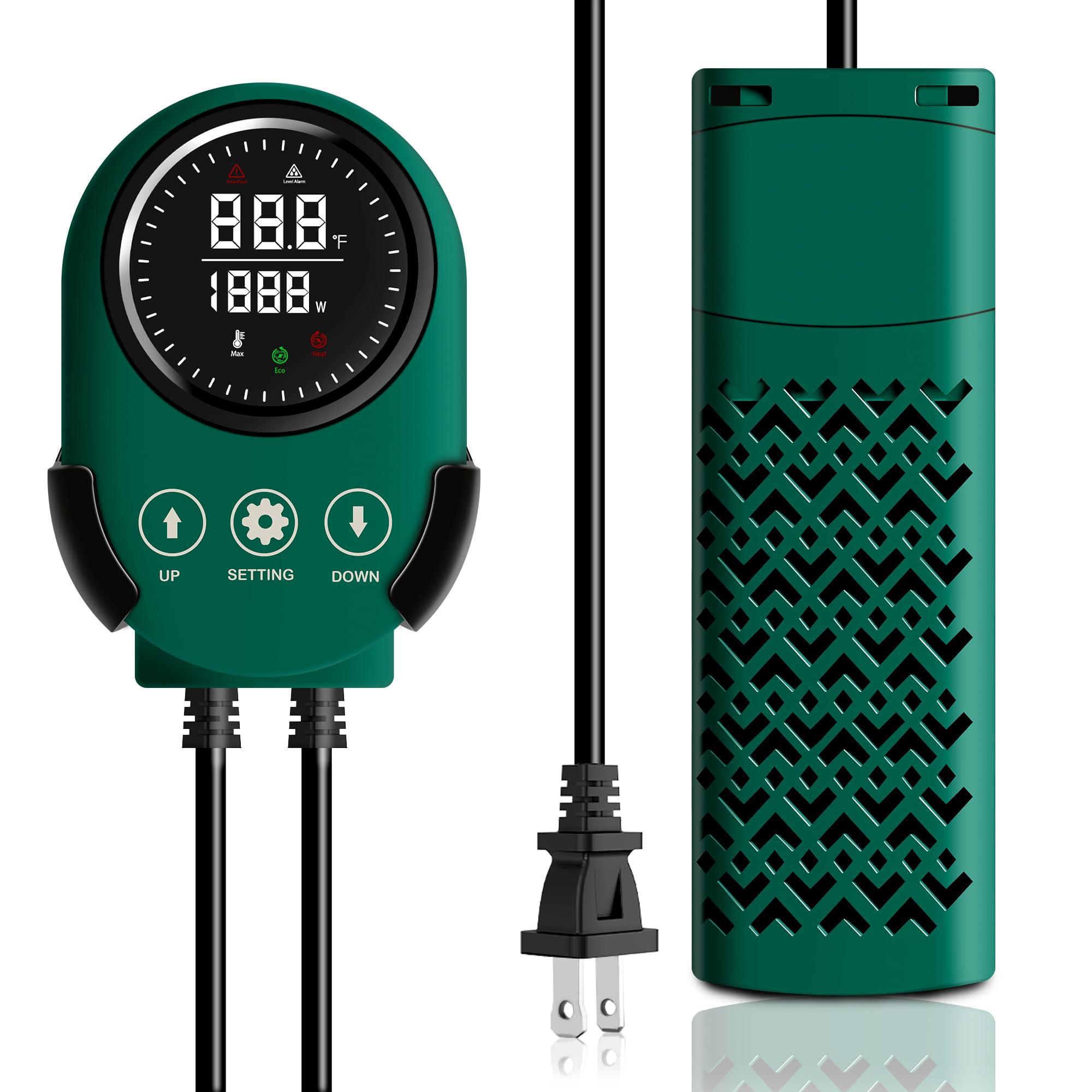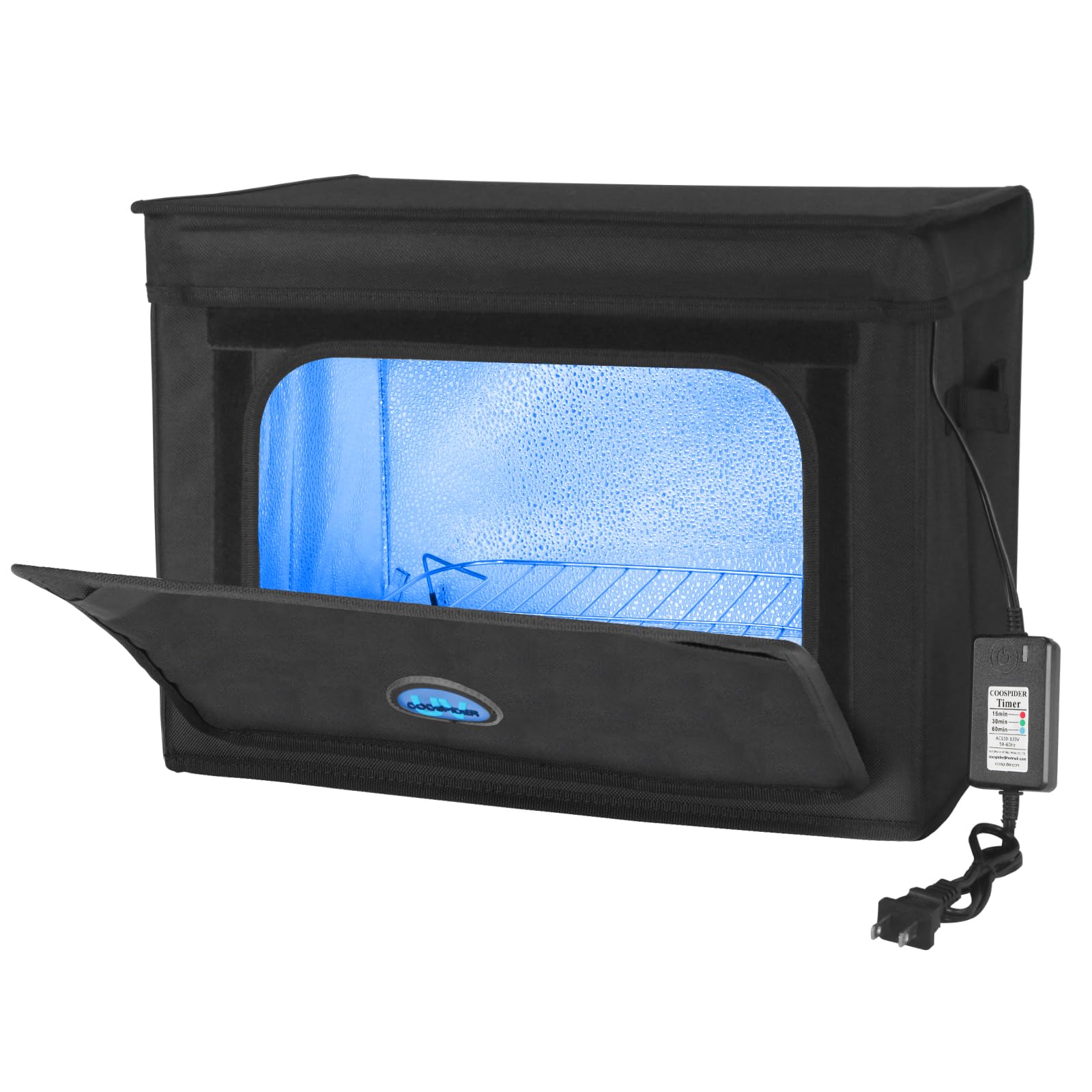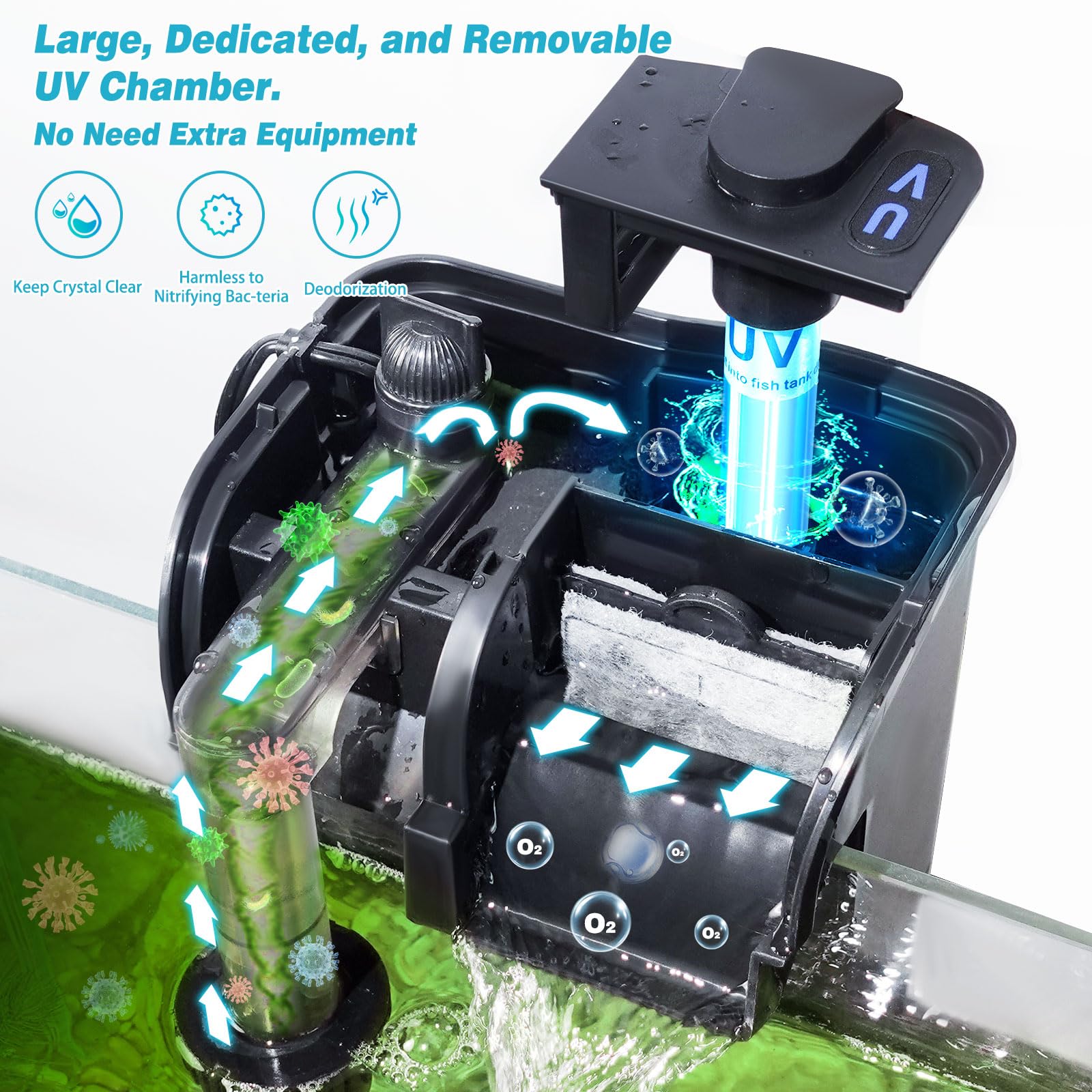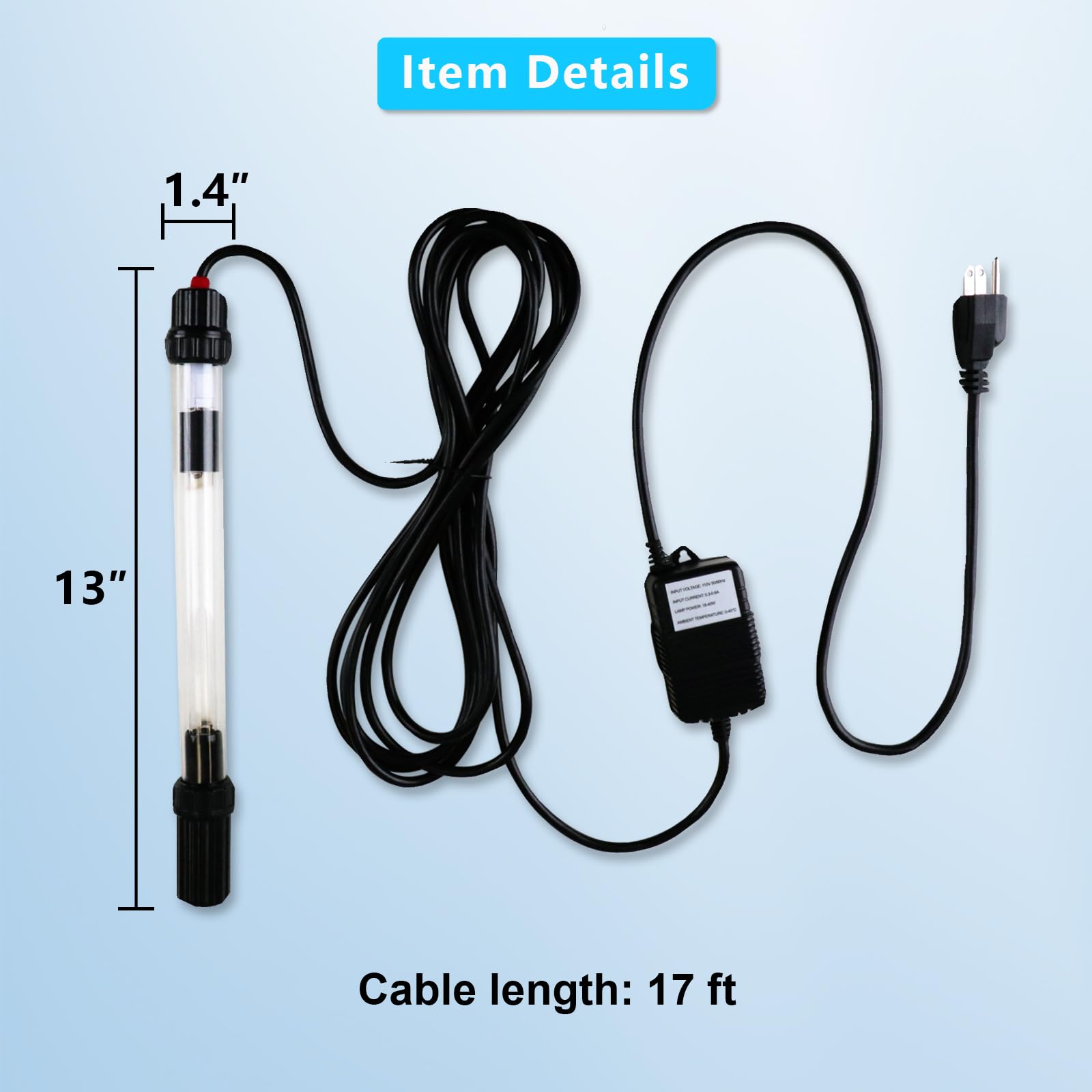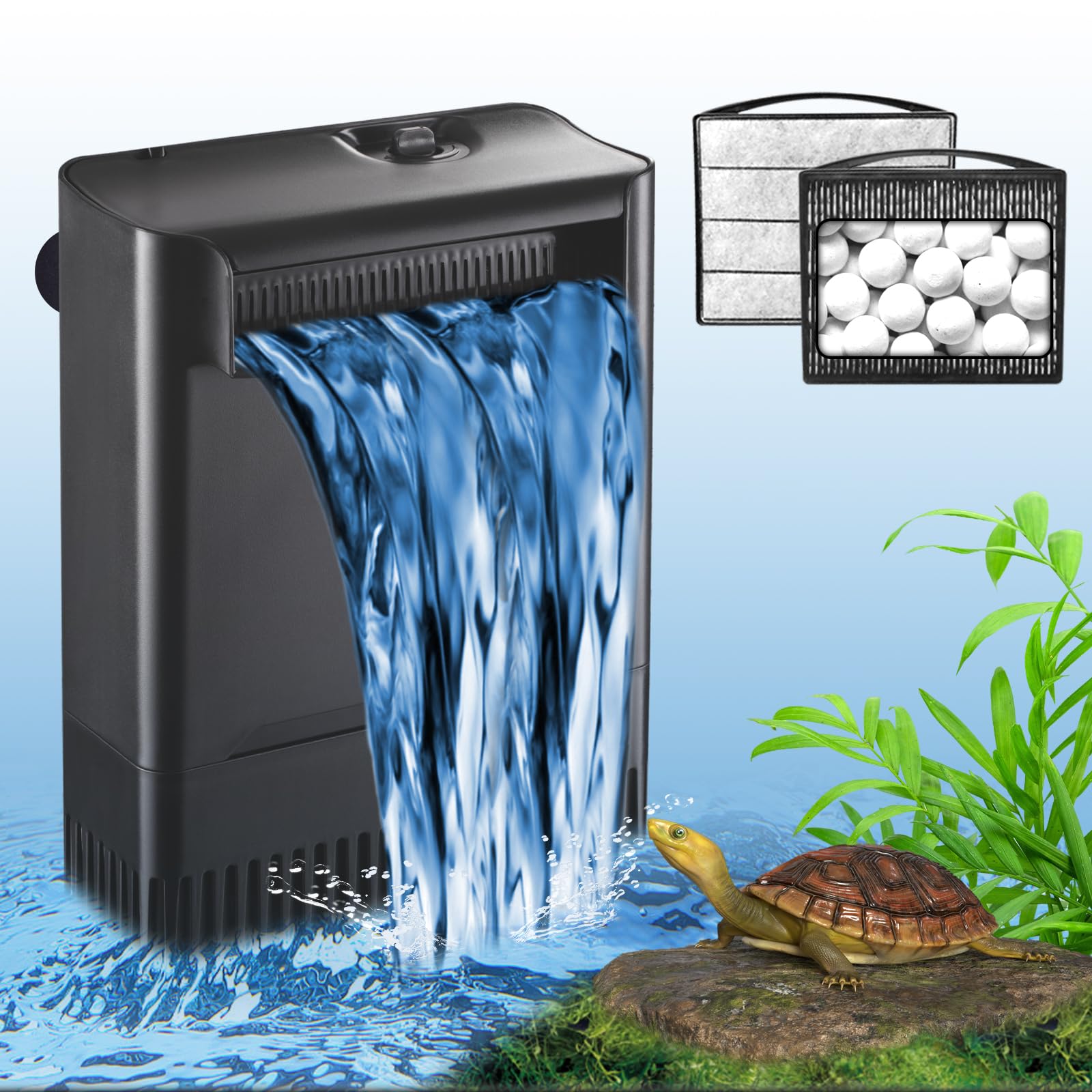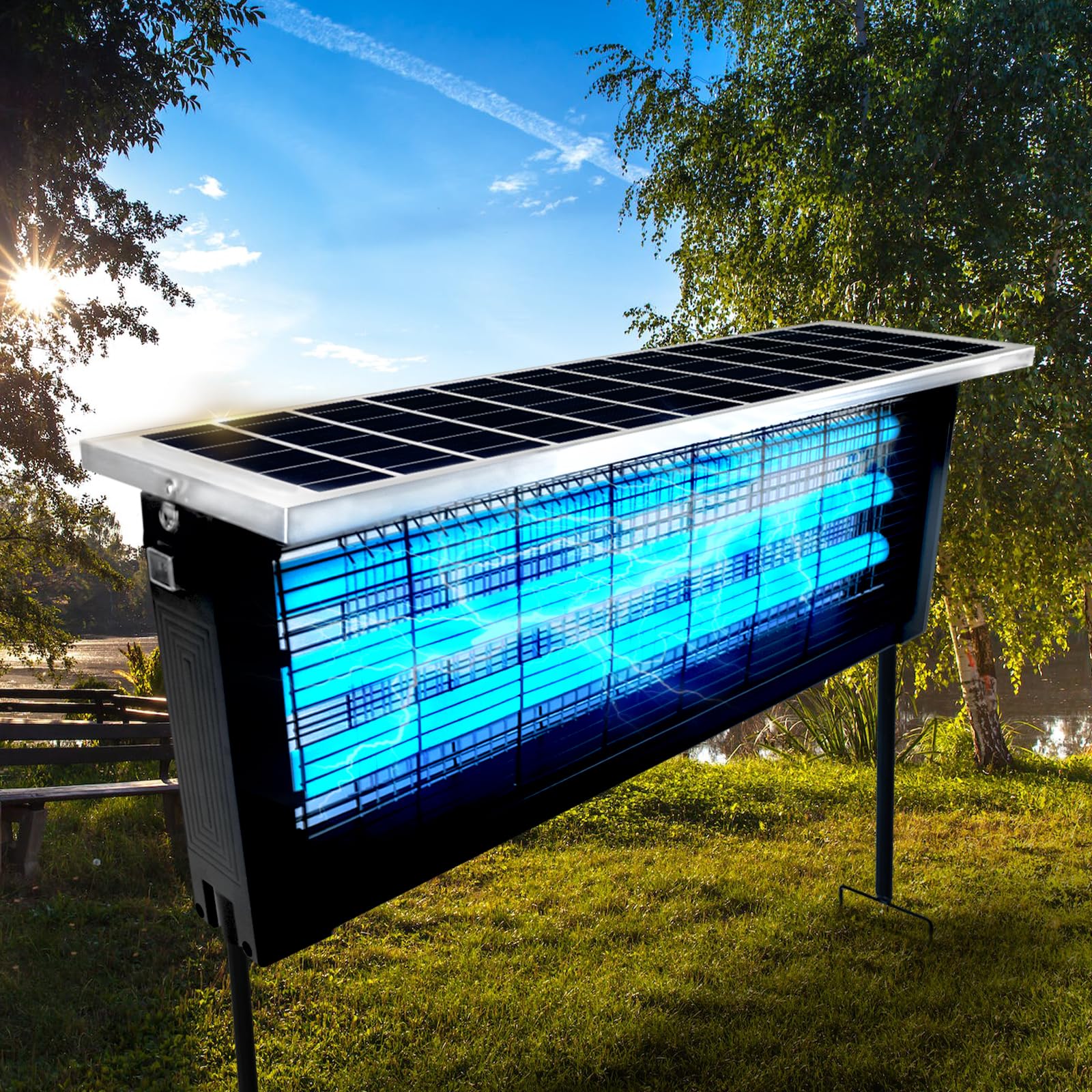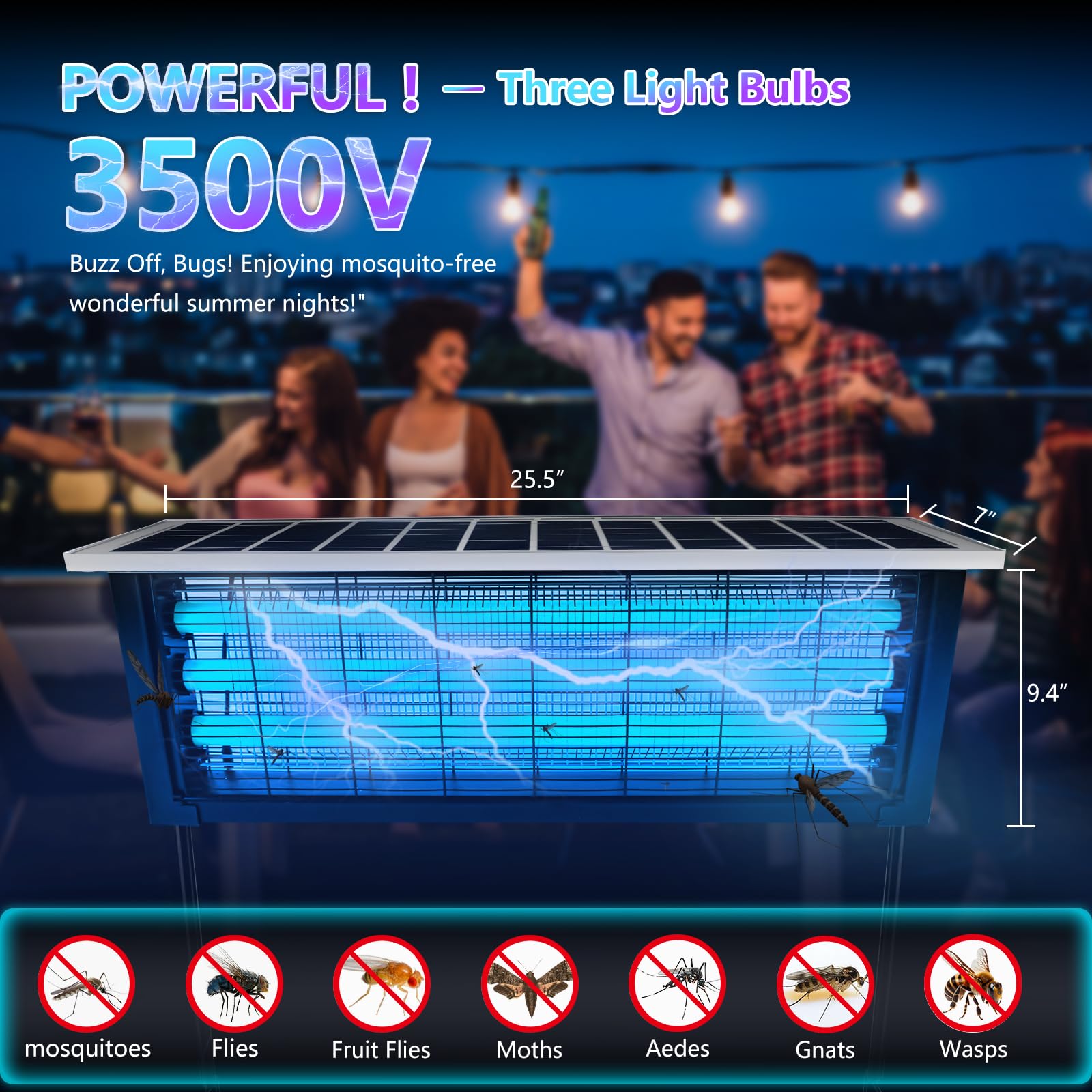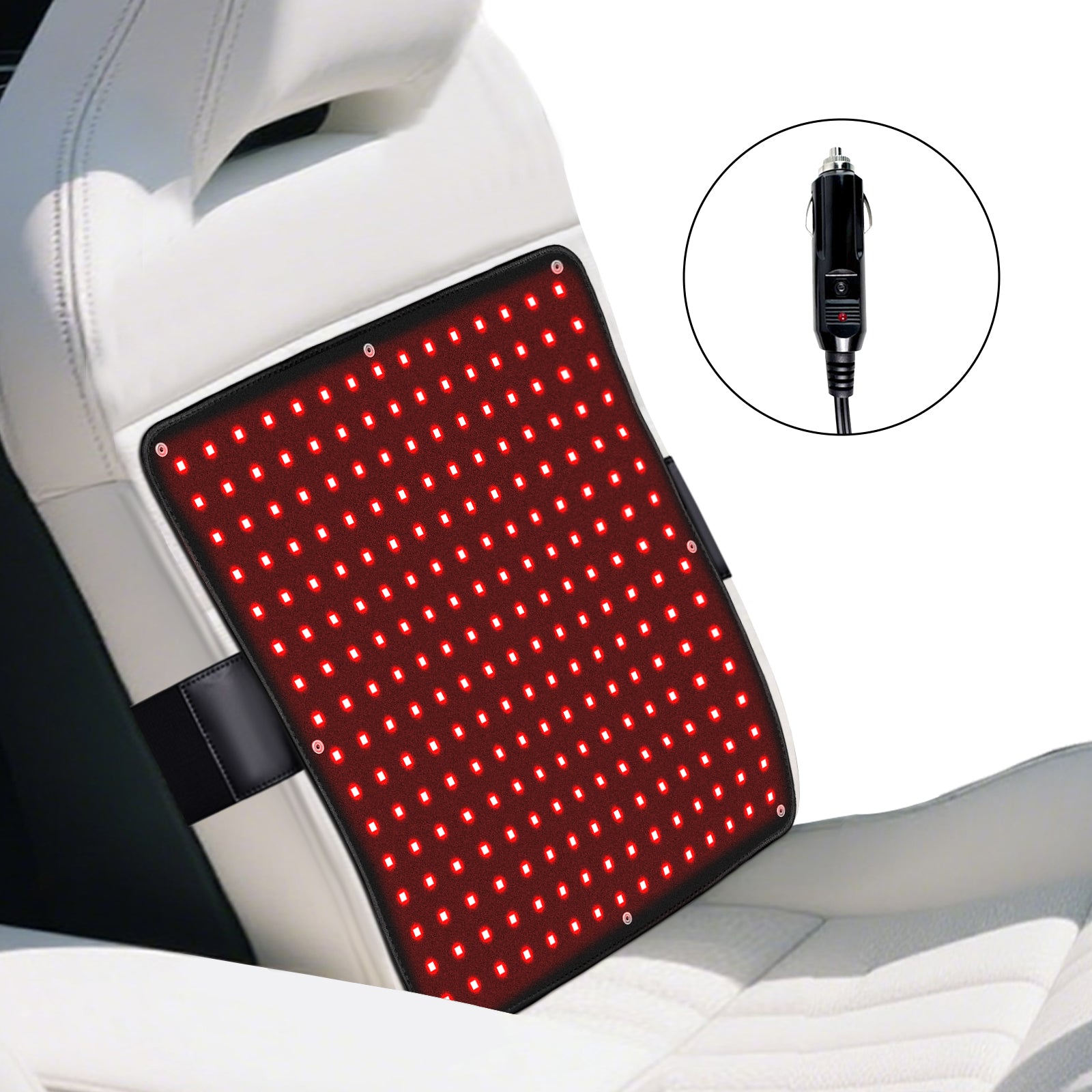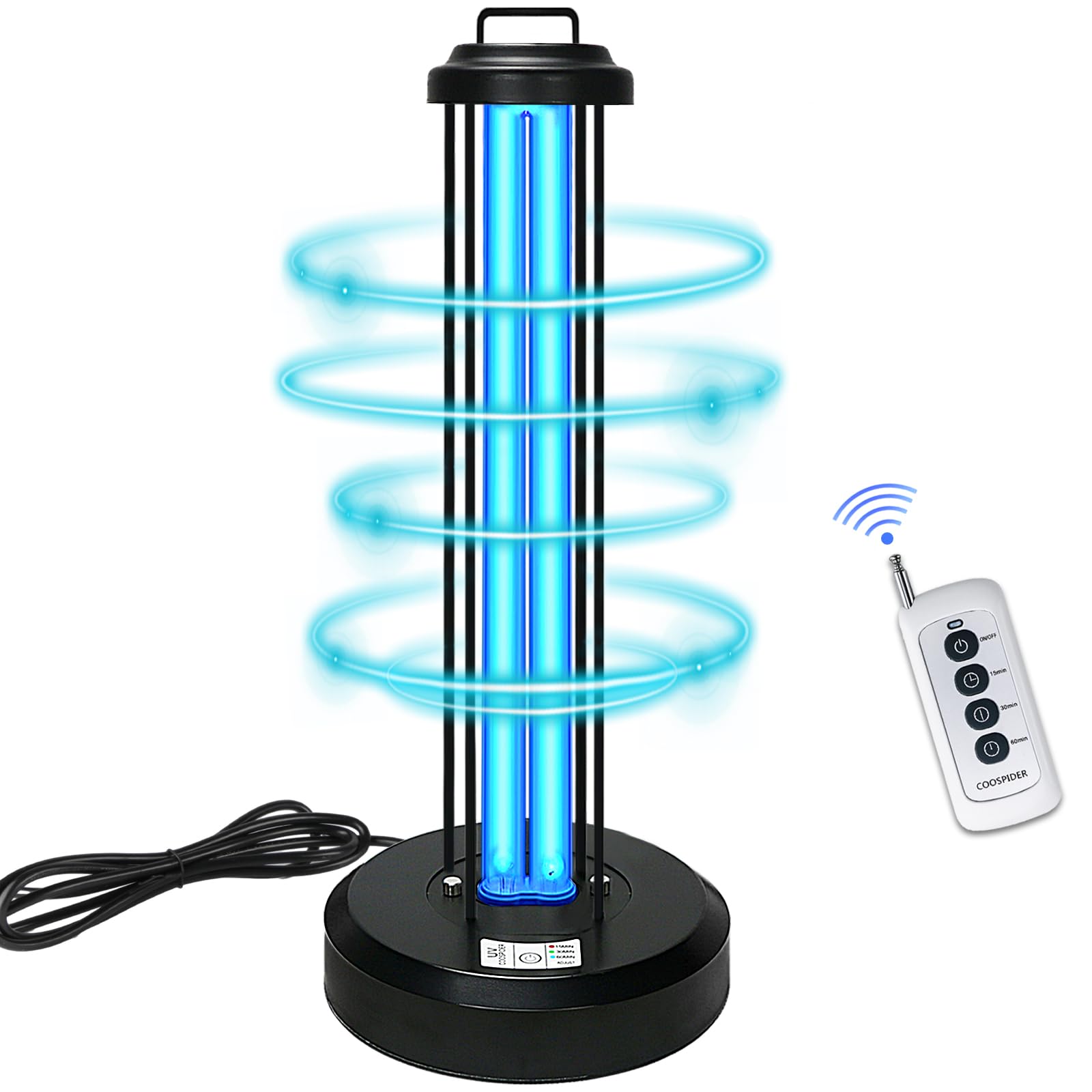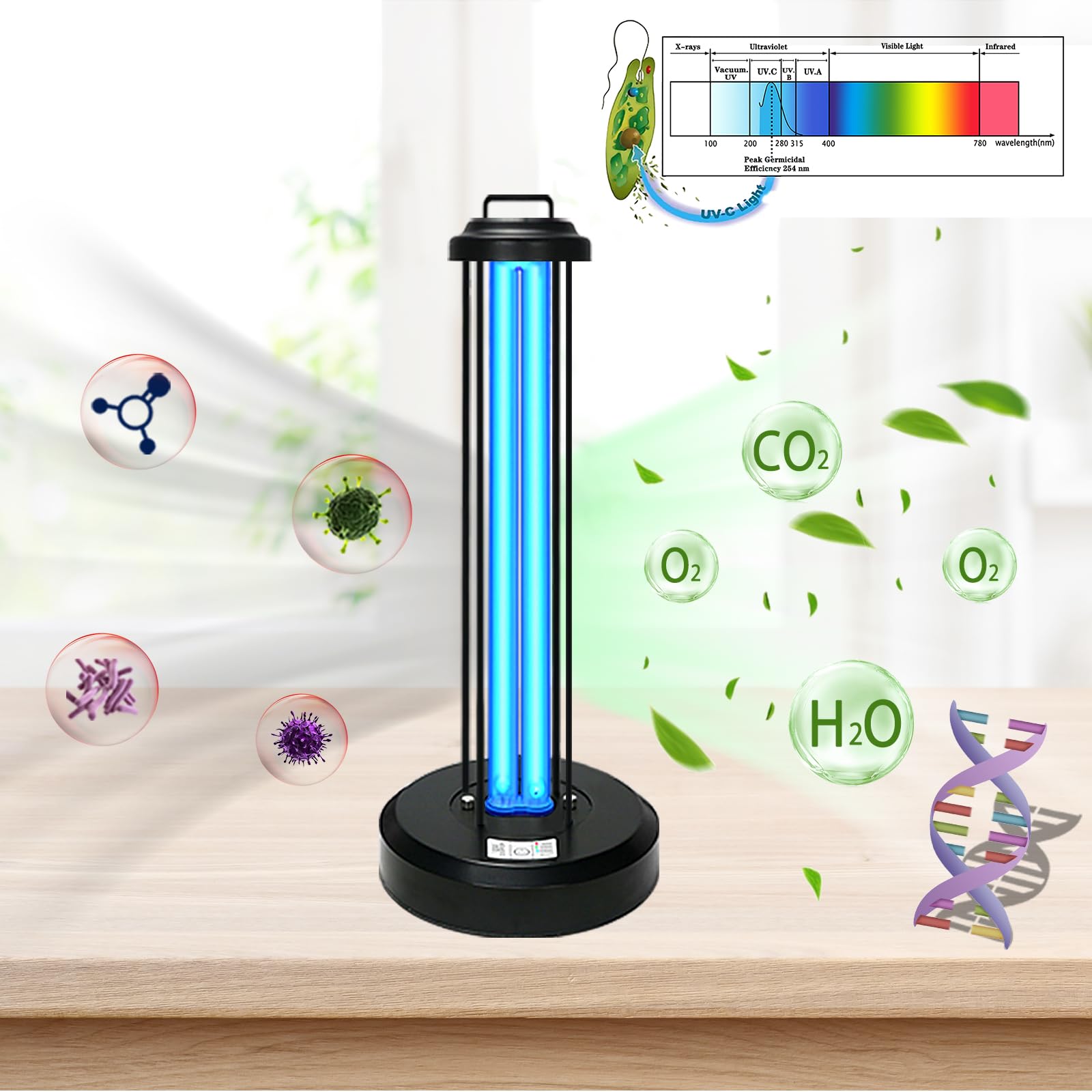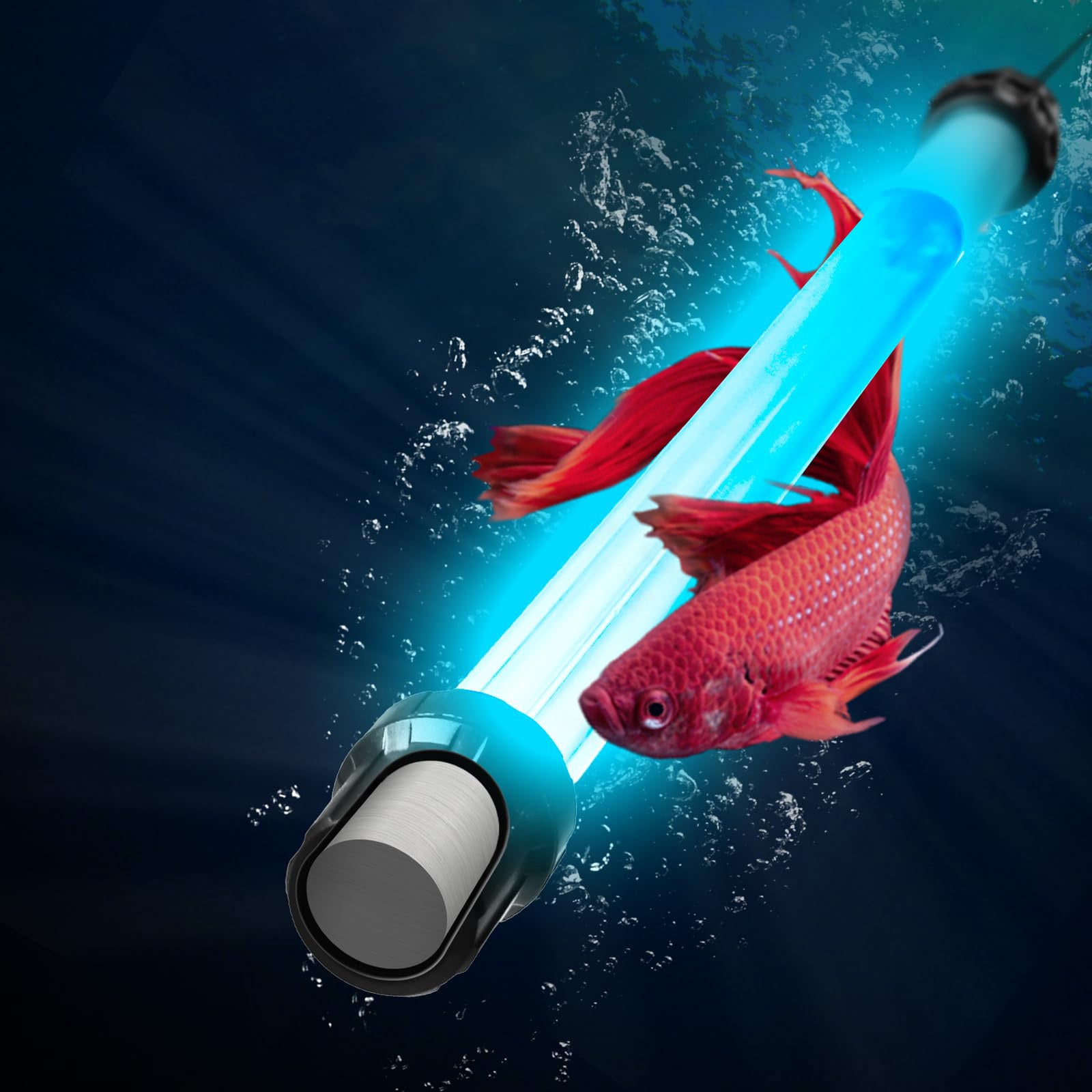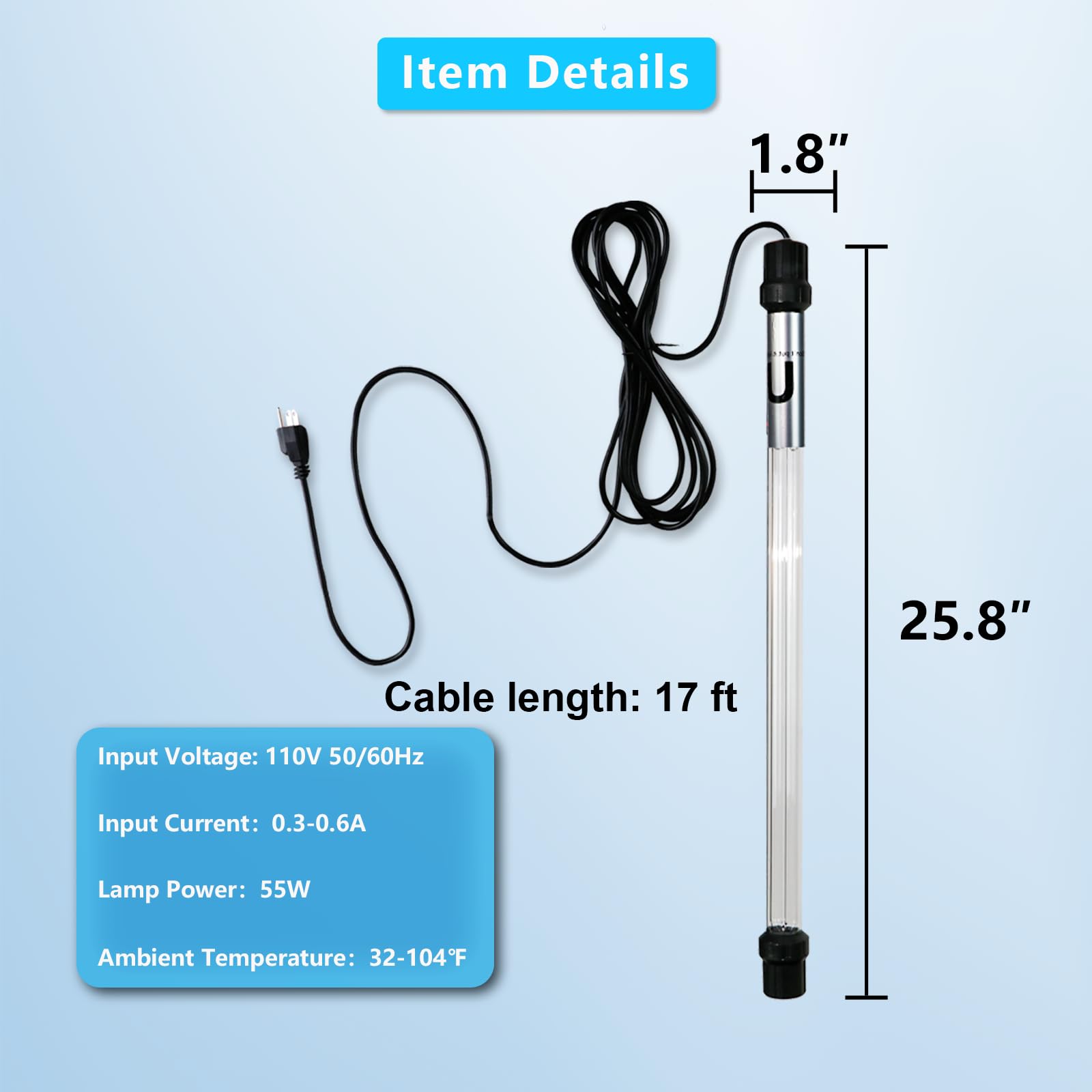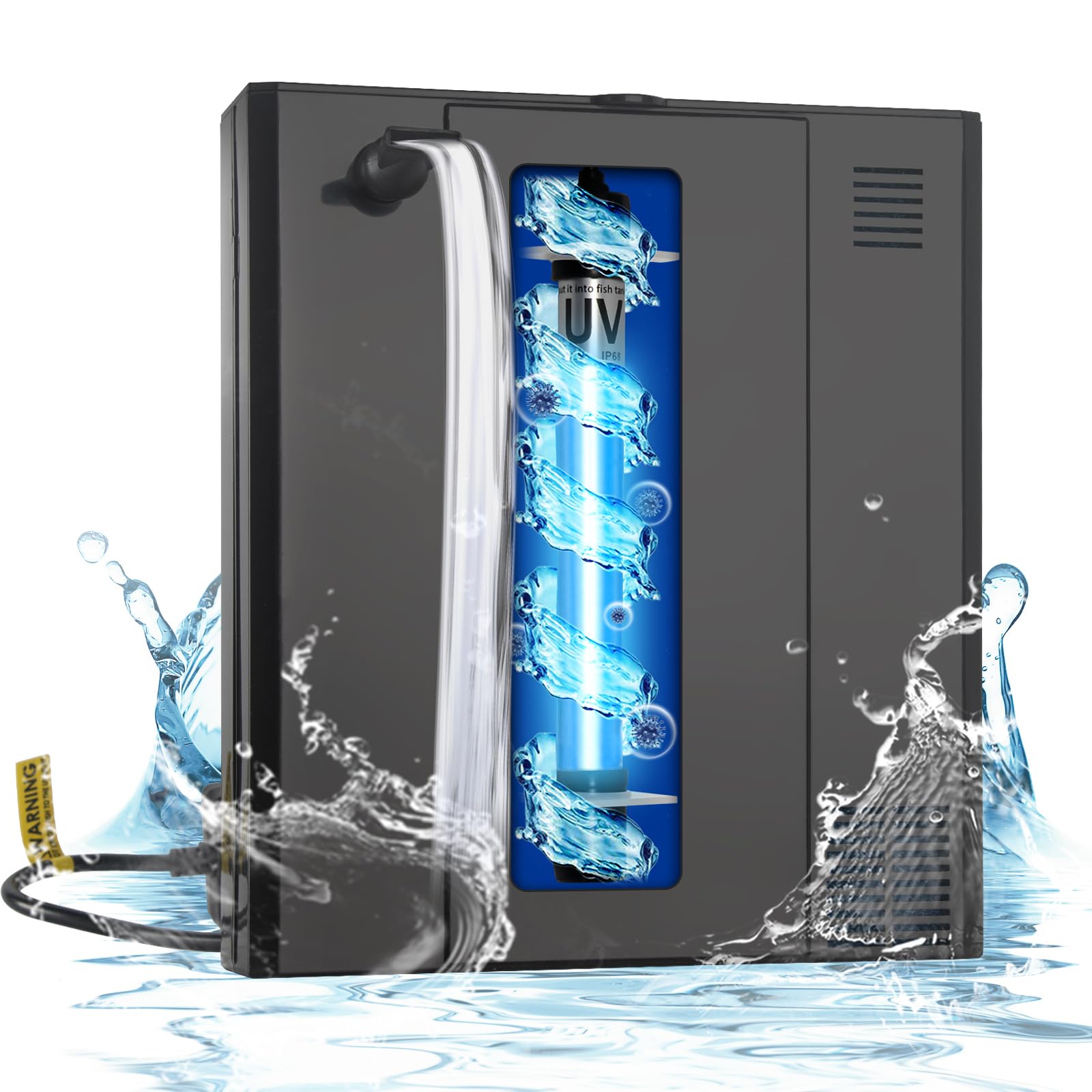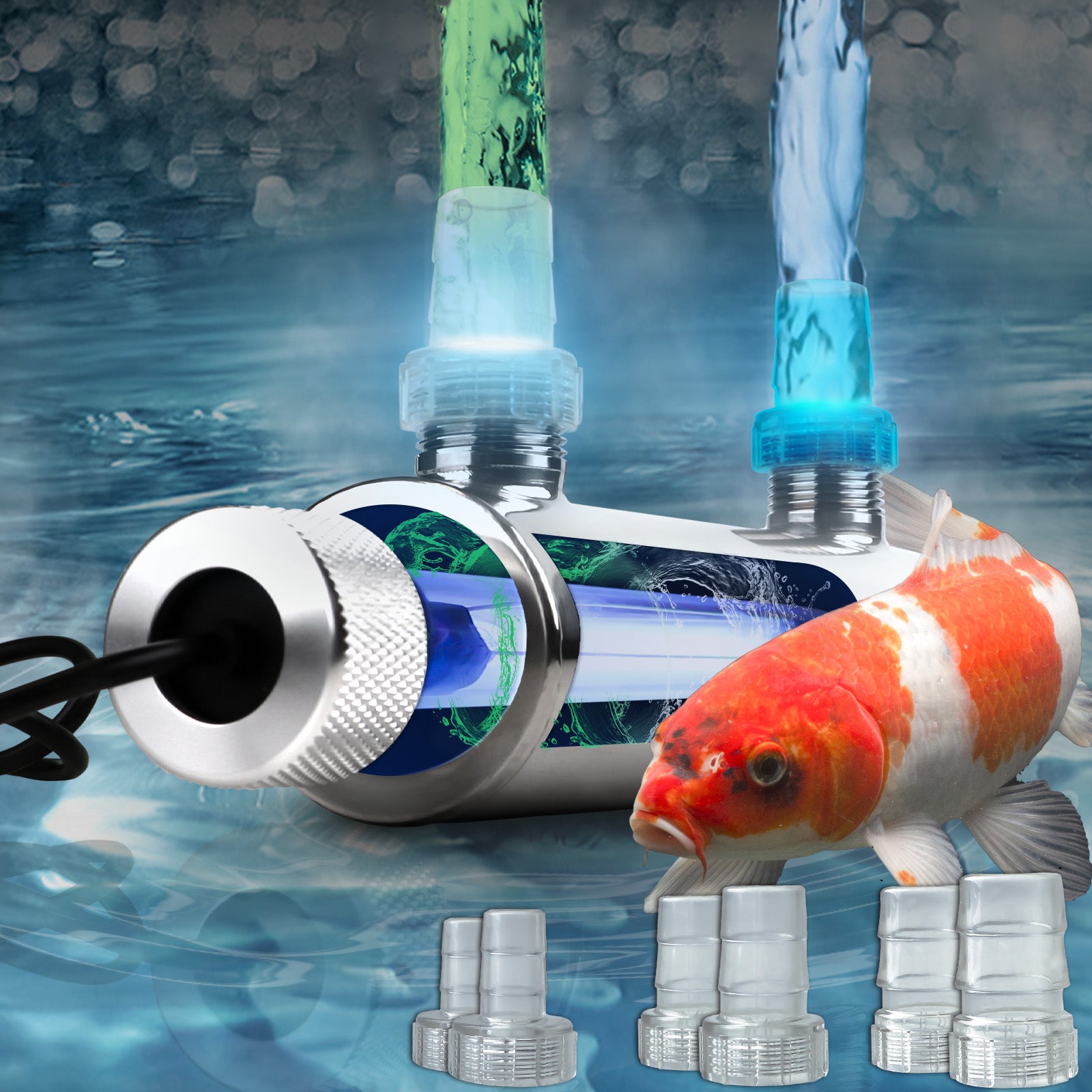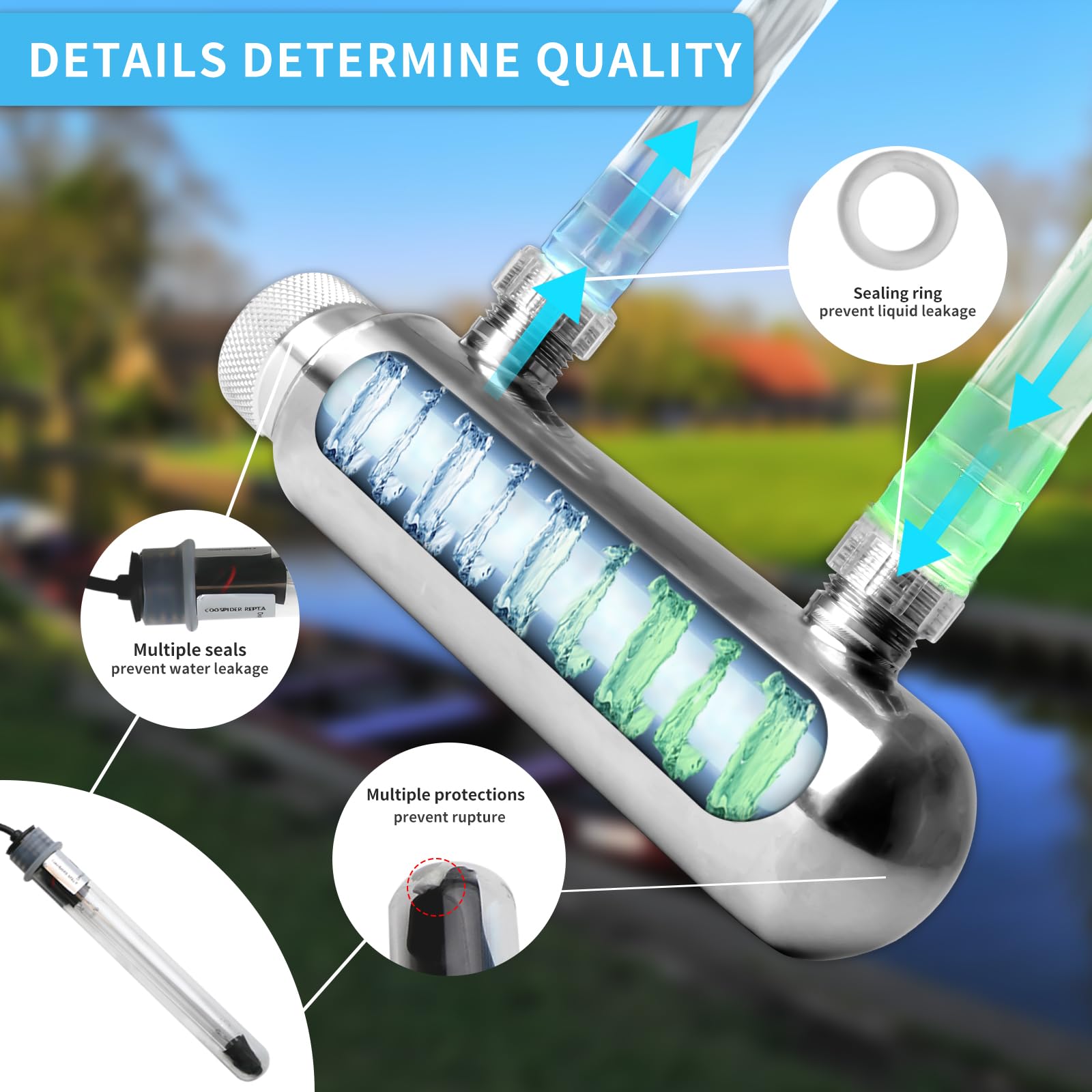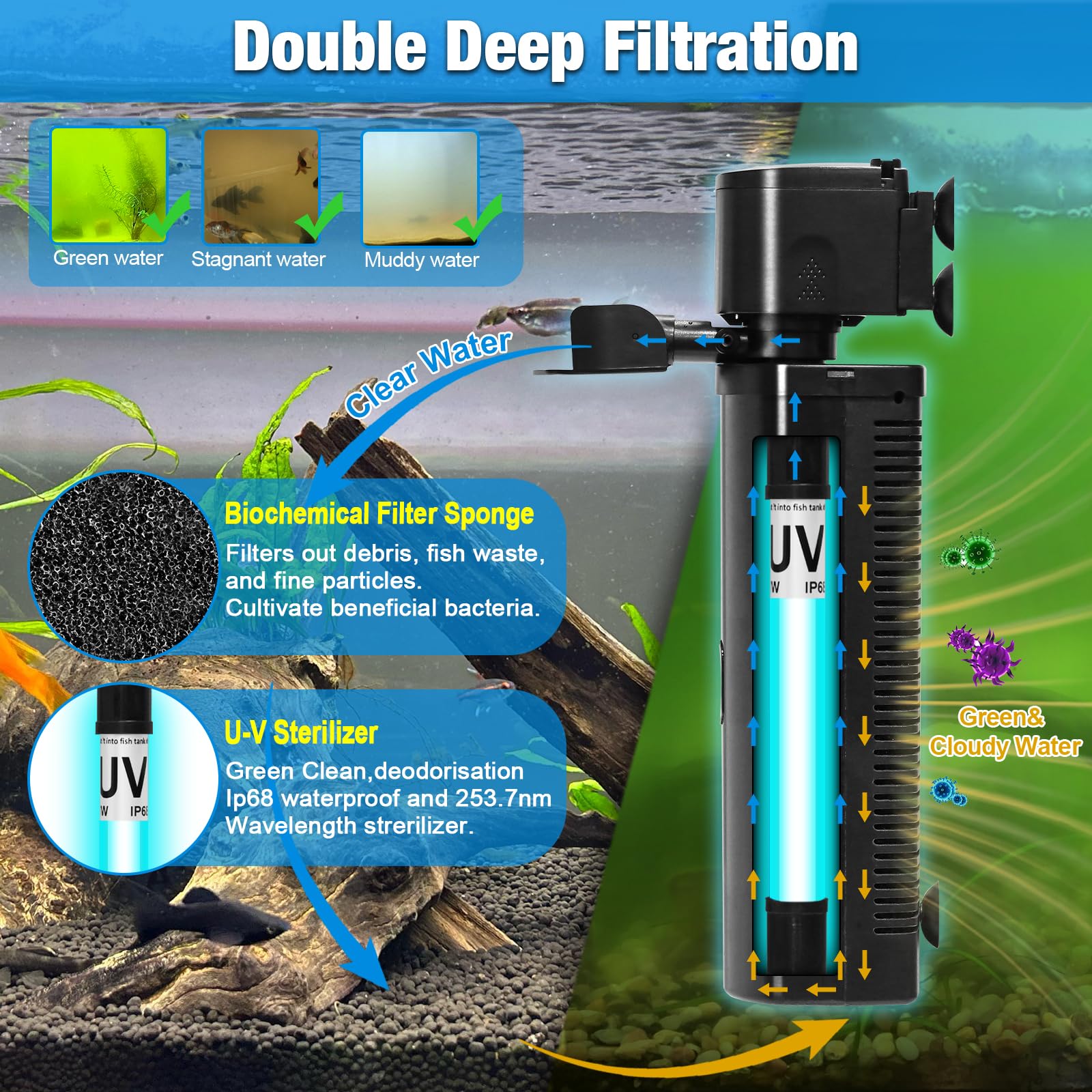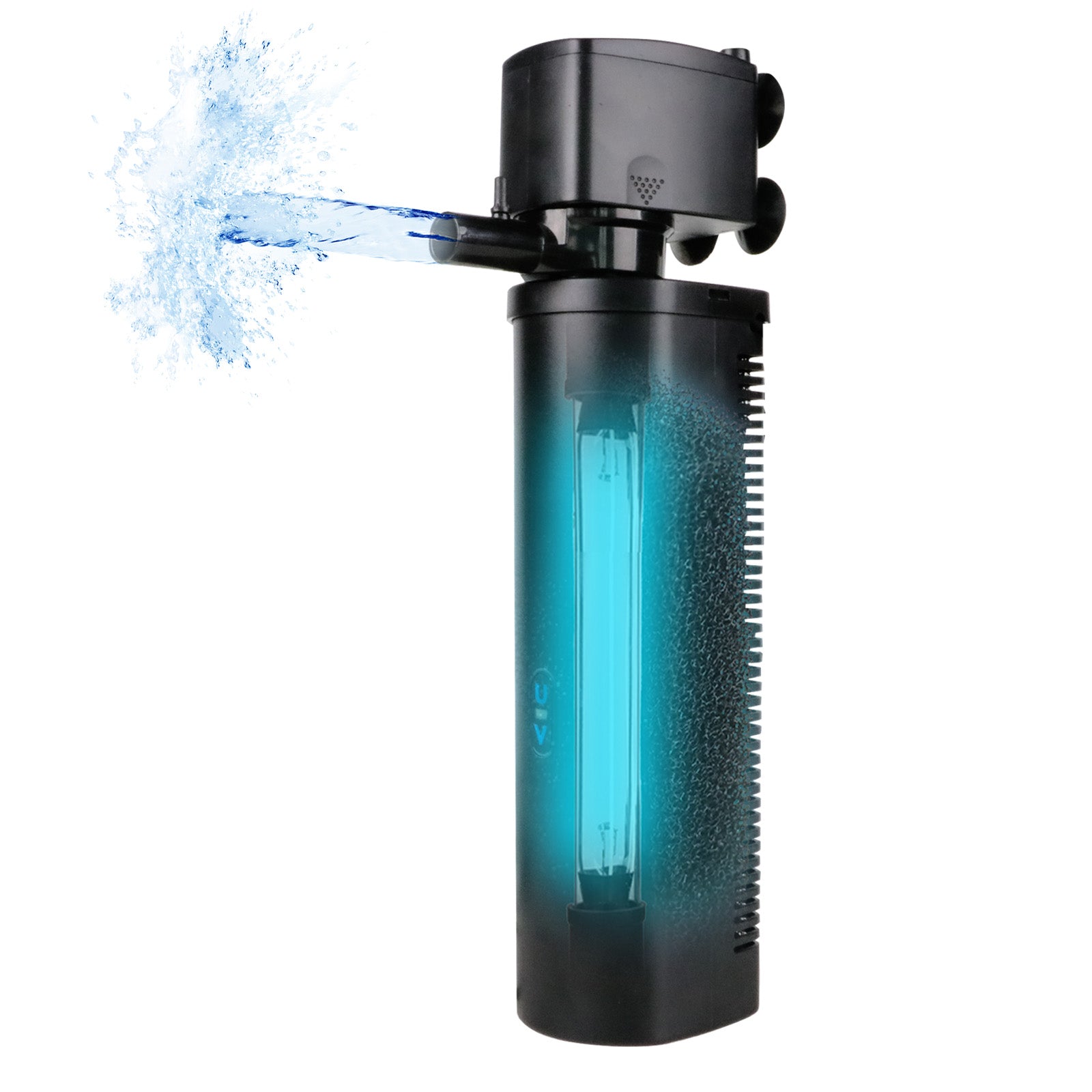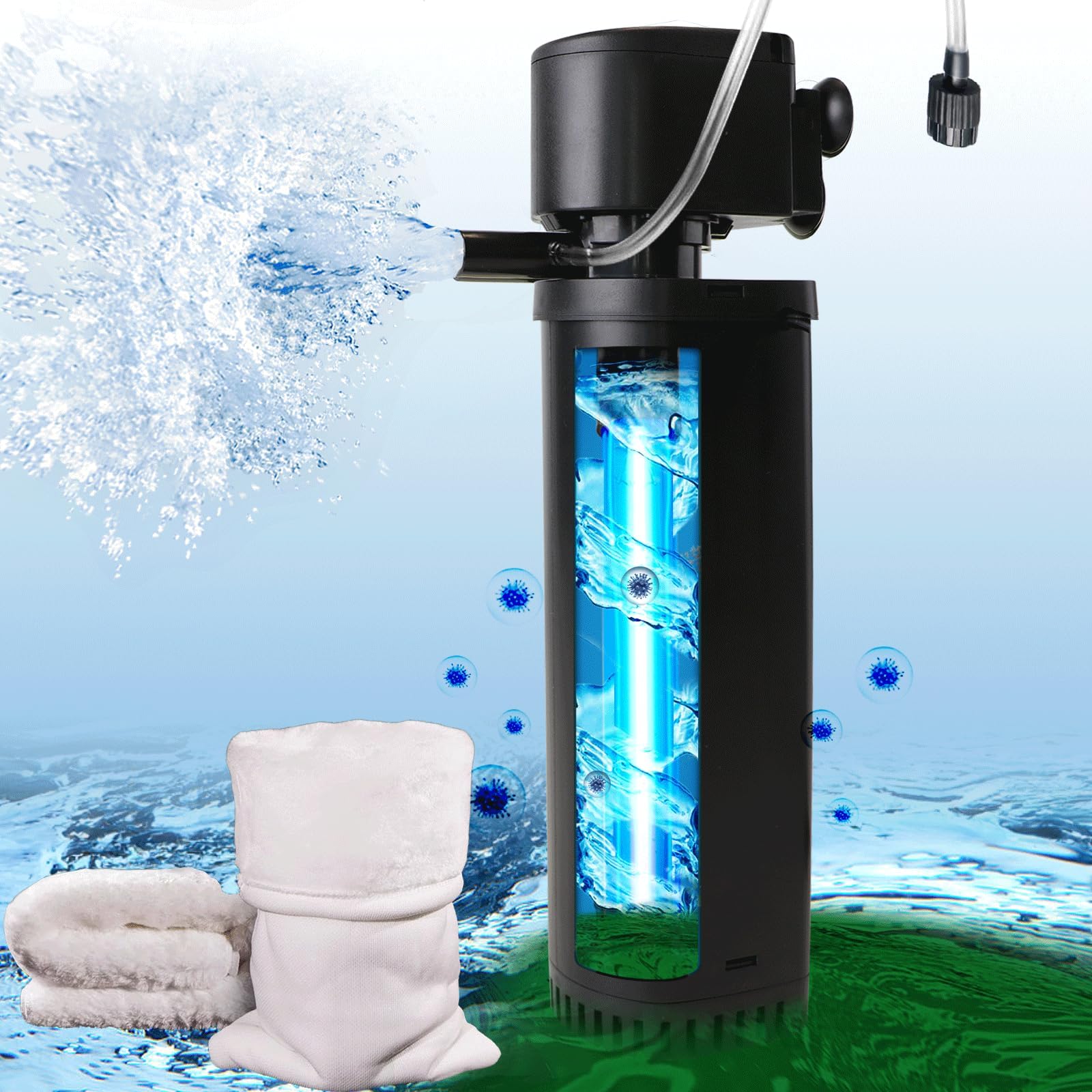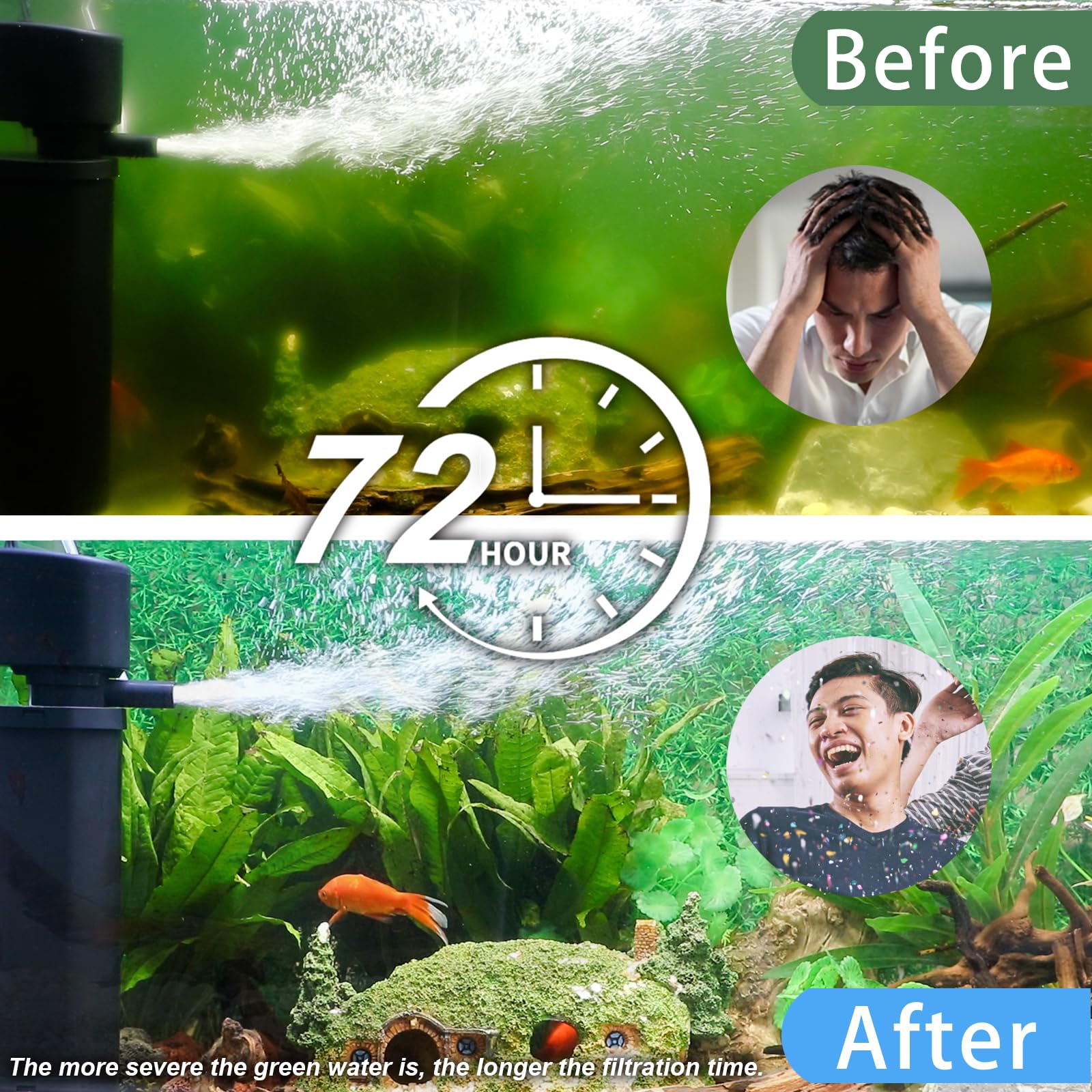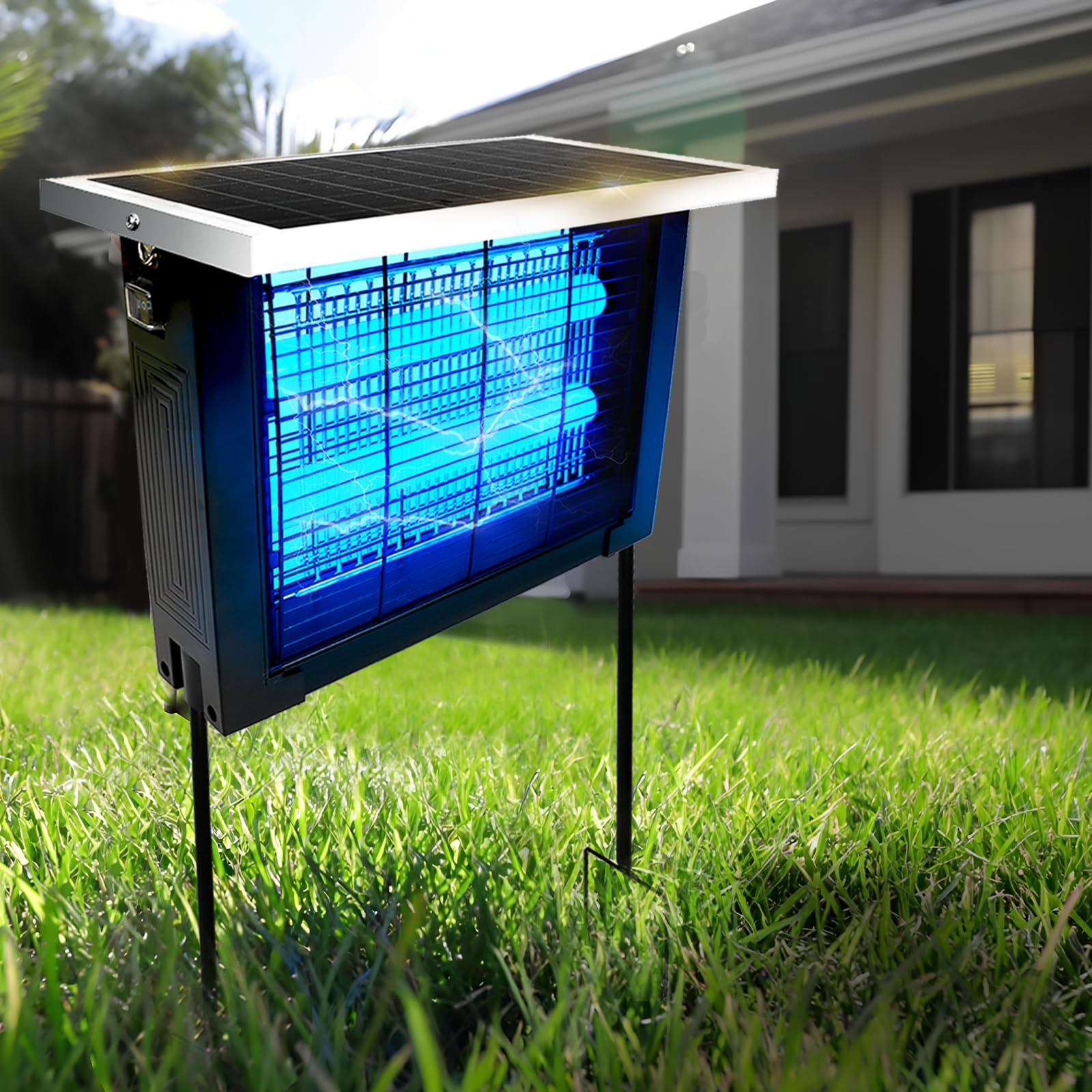Maintaining a stable water temperature is one of the most important responsibilities of any fishkeeper. Whether you’re raising delicate tropical fish, keeping a planted aquascape, or maintaining a massive predator tank, a reliable heater ensures your aquatic life stays healthy. But here’s the problem: aquarium heaters are often the biggest energy consumers in the entire hobby. Many aquarists are shocked when they discover that their heater—not their lighting, not their filter—is what’s causing their electricity bill to spike.
If your heater seems to run nonstop, burns through power, or feels like it’s working harder than it should, you’re not alone. The good news? High power consumption is almost always fixable. With the right setup, insulation, wattage strategy, and maintenance habits, you can dramatically reduce your heater’s workload without compromising water temperature.
This comprehensive guide dives deep into why heaters consume so much electricity, what mistakes most aquarists make, and the practical tricks that actually save energy while keeping your tank perfectly warm.
Let’s get started.
1. Why Do Aquarium Heaters Consume So Much Electricity?
Aquarium heaters operate on a simple but energy-intensive principle: they convert electrical energy into heat. But unlike home heaters or air conditioners, aquarium heaters must maintain temperature inside a glass or acrylic box that constantly loses heat to the environment.
Here are the main reasons heaters draw a lot of power:
1.1 Water Has High Thermal Mass
Water requires far more energy to heat compared to air. It absorbs and releases heat slowly, meaning:
-
It takes a lot of energy to raise water temperature just a few degrees.
-
Once the water cools, the heater has to work longer to bring it back up.
If your tank loses heat quickly, your heater will run almost nonstop.
1.2 Poor Insulation in Most Homes
Many tanks sit in rooms that drop below 70°F (21°C) at night, especially during winter. When ambient temperature falls:
-
Heat escapes the aquarium faster
-
The heater switches on more often
-
More energy is spent compensating for heat loss
Cool rooms = high power bills.
1.3 Wrong Heater Wattage
Many aquarists use heaters that are:
-
Too weak → they run nonstop
-
Too strong → they overshoot, cycle frequently, and waste power
Choosing the wrong wattage leads to constant inefficiency.
1.4 Surface Area Accelerates Heat Loss
Heat escapes from:
-
The glass walls
-
The surface water
-
Open-top tanks
-
Sump systems (major loss area)
The larger the surface area, the higher the heater’s energy use.
1.5 Heater Quality and Accuracy
Cheap heaters often have:
-
Shoddy thermostats
-
Inaccurate temperature sensors
-
Unstable heating elements
They waste electricity because they run longer or heat unevenly.
2. How to Tell If Your Heater Is Consuming Too Much Energy
Before you can fix excessive power usage, you need to diagnose it. Here are the key signs:
2.1 The Heater Stays On Almost All the Time
If the indicator light is always glowing, your heater is struggling. It suggests:
-
Wrong wattage
-
Cool room temperature
-
Poor insulation
-
Equipment malfunction
A healthy system should cycle on and off.
2.2 Large Temperature Fluctuations
If your thermometer shows wide temperature swings, your heater is inefficient and compensating for heat loss.
2.3 High Electricity Bills After Setting Up the Tank
If your bill jumps noticeably each month, and lighting/filters haven’t changed, the heater is the culprit.
2.4 Fish Behavior Changes
Inconsistent water temperature may cause:
-
Lethargy
-
Loss of appetite
-
Erratic swimming
-
Stress and disease
This often indicates a heater running inefficiently.
3. The Main Factors That Increase Heater Power Usage
To save electricity, it helps to understand what inflates power consumption. The biggest factors are:
3.1 Room Temperature (The #1 Factor)
Rule of thumb:
Every 1°F difference between room temperature and target tank temperature significantly increases heater workload.
Example:
If your tank is 78°F and your room drops to 65°F, the heater works much harder than if the room stayed at 72°F.
3.2 Tank Size
-
Larger tanks: higher total energy use but more stable
-
Smaller tanks: lose heat faster, heater works constantly
Oddly enough, small tanks waste more electricity per gallon.
3.3 Maximum Surface Area
Open tanks or those with large footprints lose heat fast. Sumps also lose heat through evaporation and airflow.
3.4 Glass Thickness and Material
Thicker glass or acrylic holds heat better. Thin glass tanks lose heat quickly.
3.5 Heater Placement
If your heater is:
-
Too close to the intake/outflow
-
In a dead zone
-
Near cold drafts
-
Inside an unheated sump
It must work harder.
3.6 Lighting and Equipment
Strong lighting (e.g., metal halides) warms the water, reducing heater demand. Energy-efficient LEDs do not, which increases heater load.
4. How to Reduce Aquarium Heater Electricity Usage (Without Lowering Temperature)
Now let’s get into the practical strategies. These methods dramatically cut power use while maintaining perfect temperature stability.
4.1 Raise the Room Temperature Slightly
This is the #1 most effective method.
If you increase room temperature by just 3–5°F, you can reduce heater workload by up to 50%.
Rather than forcing the heater to fight a cold room:
-
Use central heating
-
Keep the aquarium away from drafts
-
Close windows at night
A small adjustment makes a huge difference.
4.2 Insulate the Back and Sides of the Tank
Most heat escapes through the glass walls. Adding insulation helps retain warmth.
You can use:
-
Styrofoam panels
-
Foam boards
-
Reflective insulation
-
Acoustic foam
-
Insulating sheets used for terrariums
Focus on the back, bottom, and sides (areas not visible).
This alone can cut heat loss by 20–40%.
4.3 Use a Lid or Cover
Open-top tanks lose heat rapidly through evaporation.
Adding a lid:
-
Keeps heat in
-
Reduces heater usage
-
Slows evaporation
-
Improves humidity around the tank
Just make sure gas exchange remains healthy.
4.4 Choose the Right Wattage Heater
Using the right wattage prevents both underheating and overheating.
General guideline:
| Tank Size | Recommended Wattage |
|---|---|
| 10–20 gal | 50–100W |
| 20–40 gal | 100–150W |
| 40–75 gal | 150–300W |
| 75–100+ gal | 300–500W (dual heaters recommended) |
Pro tip:
Using two smaller heaters instead of one big one leads to:
-
Better heat distribution
-
Shorter heating cycles
-
Lower overall energy consumption
4.5 Use an External Temperature Controller
Controllers like Inkbird or Hygger dramatically improve energy efficiency.
They:
-
Prevent overheating
-
Reduce unnecessary cycles
-
Provide precise temperature regulation
A more accurate thermostat means less wasted power.
4.6 Improve Water Circulation Around the Heater
If water doesn’t move around the heater, warm water stagnates and fools the thermostat into shutting off too early.
Use:
-
Air stones
-
A small wave pump
-
Strategic filter output positioning
Uniform circulation = shorter heating time.
4.7 Preheat Water During Water Changes
Adding cold tap water forces the heater to work overtime.
To reduce energy waste:
-
Match new water temperature to tank temperature
-
Use a bucket heater or mixing valve
-
Warm water slightly before adding
Your heater will thank you.
4.8 Choose a High-Efficiency Heater
Not all heaters are equal. Cheap heaters drain power due to:
-
Poor sensors
-
Cheap wiring
-
Weak insulation
High-quality heaters (Eheim, Fluval, Aqueon Pro, Hygger titanium) improve efficiency through:
-
Better heat transfer
-
Accurate thermostats
-
Durable materials
They run less often and save electricity long-term.
4.9 Add Insulation to Your Sump
If you use a sump, it becomes a major heat-loss zone.
To fix this:
-
Insulate the sump tank
-
Cover the sump
-
Reduce ventilation
-
Relocate it away from cold floors
Your display tank heater will run far less.
4.10 Lower Temperature Slightly (If Safe)
For many tropical species, lowering temperature from 78°F to 76°F can:
-
Reduce power use by up to 30%
-
Still remain safe for most fish
Just research your specific species first.
5. Heating Strategies for Different Types of Tanks
Different setups require different energy optimization strategies.
5.1 Small Nano Tanks
Biggest issues: rapid heat loss, constant heater cycling.
Solutions:
-
Use insulated foam backing
-
Keep room temperature higher
-
Choose precise nano heaters
-
Add a lid
5.2 Planted Tanks
Lighting often warms the tank slightly.
Tips:
-
Time heater cycles with lights
-
Use LEDs that don’t overheat
-
Consider dual lower-watt heaters
5.3 Large Predator Tanks (100–300 gal)
Issues: huge water volume, big heat loss footprint.
Solutions:
-
Use two or three heaters
-
Insulate sump + sides
-
Increase room temp
-
Use thermostatic controllers
5.4 Marine/Reef Tanks
Saltwater tanks usually run cooler than tropical freshwater setups.
Tips:
-
Keep room stable
-
Insulate sump
-
Avoid cold basement setups
6. How to Measure Actual Heater Power Usage
If you want to get scientific, use:
-
A Kill A Watt meter
-
A smart plug with watt monitoring
-
Energy-tracking app (TP-Link, Govee, Kasa, etc.)
This gives you real-time insights into:
-
How long your heater runs
-
Peak usage hours
-
Problems with placement or insulation
It’s the easiest way to diagnose heater efficiency issues.
7. Maintenance Tips to Keep Your Heater Efficient
A heater that runs smoothly consumes less power and lasts longer.
7.1 Clean Heater Surfaces Regularly
Biofilm, algae, or calcium deposits block heat transfer.
Clean monthly with:
-
Vinegar
-
Warm water
-
Soft sponge
7.2 Check Thermostat Accuracy Twice a Year
Thermostats drift over time.
Use two separate thermometers to verify accuracy.
7.3 Inspect for Cracks or Moisture
If water gets inside the heater:
-
Danger of malfunction
-
Electrical hazard
-
Continuous overheating
Replace immediately.
7.4 Replace Cheap Heaters Every 1–2 Years
Budget heaters rarely last.
Treat them as consumables.
8. How Much Electricity Can You Actually Save? (Real Numbers)
Let’s say you run a 200W heater.
If it’s on 12 hours per day:
-
200W × 12h = 2.4 kWh/day
-
Approx. 72 kWh/month
Depending on electricity rates, that’s:
-
$10–25/month just for the heater
With optimization, you can often cut usage by:
-
30–50% in insulated rooms
-
15–30% with dual heaters
-
20–40% with a controller
Savings add up quickly.
9. When Should You Replace Your Heater?
Replace the heater if you notice:
-
Constant cycling without stable temperature
-
Inconsistent heat output
-
Internal condensation
-
Burnt smell
-
Cracks
-
Rust
-
Overheating
Heaters are inexpensive compared to the cost of electricity—and the cost of risking your fish.
10. Final Thoughts: Efficient Heating = Healthy Fish + Lower Bills
Keeping your aquarium warm doesn’t have to cost a fortune. With the right combination of insulation, wattage selection, heater placement, and room temperature management, you can maintain perfect tank stability while dramatically reducing electricity usage.
The key is efficiency, not brute force.
By creating the right environment, your heater works less, your fish stay comfortable, and your electricity bill drops.
Whether you’re a beginner or a seasoned aquarist, following the strategies in this guide will help you enjoy a warm, stable tank—without draining your wallet.


